Quick Answer: There are 16,777,216 color combinations of RGB Colors
Colors are an integral part of our visual experiences, shaping how we perceive the world around us. From the vibrant hues of a sunset to the carefully crafted designs on a website, colors have the power to evoke emotions, convey messages, and create stunning visual effects. In the world of digital art, web development, and multimedia, precise color representation is crucial. This is where RGB and Hex color models come into play, providing a standardized way to define and reproduce colors accurately.
If you’re wondering about what are these colors and how many RGB and Hex colors are there, continue reading this informative blog post.
What are RGB and Hex Colors?
RGB (Red, Green, Blue) is a color model that represents colors by combining different intensities of red, green, and blue light. Each of these primary colors is assigned a value between 0 and 255, with 0 representing no color and 255 representing the maximum intensity. By mixing different values of these three channels, an enormous range of colors can be created.
For Example: The RGB color (255, 0, 0) represents pure red, (0, 255, 0) represents pure green, and (0, 0, 255) represents pure blue. Combining these values in different proportions results in various shades and hues, such as (255, 255, 0) for yellow, (255, 0, 255) for magenta, and (0, 0, 0) for black.
Hex colors, on the other hand, are a hexadecimal representation of RGB colors. Instead of using three separate values for each channel, Hex colors use a six-digit code where each pair of digits represents the intensity of red, green, and blue, respectively.
For Example, The Hex color #FF0000 corresponds to the RGB color (255, 0, 0), which is pure red. The code #00FF00 represents the RGB color (0, 255, 0), which is pure green. Similarly, hex color #808080 corresponds to the RGB color (128, 128, 128), which is a shade of gray.
Calculating the Total Number of RGB Colors
To calculate the total number of possible RGB colors, we need to consider the number of possible values for each channel. Since each channel can have 256 values (from 0 to 255), the total number of possible RGB color combinations is:
256 (red values) x 256 (green values) x 256 (blue values) = 16,777,216
This means that the RGB color model can represent over 16 million distinct colors, often referred to as “Truecolor” or “24-bit color.” This vast range of colors is essential for accurate color representation in various applications, ensuring that images, designs, and multimedia content maintain their intended appearance across different devices and platforms.
Calculating the Total Number of Hex Colors
Hex color codes use a hexadecimal system to represent colors. Each Hex color code consists of six hexadecimal digits, where each pair of digits corresponds to one of the three RGB channels (red, green, and blue).
In the hexadecimal system, each digit can have 16 possible values: 0 – 9 and A – F (where A represents 10, B represents 11, and so on).
For each pair of digits in a Hex color code, there are 16 × 16 = 256 possible combinations, which corresponds to the 256 possible values for each RGB channel (from 00 to FF in hexadecimal, or 0 to 255 in decimal).
To calculate the total number of possible Hex colors, we need to consider the number of possible combinations for all three pairs of digits in a six-digit Hex code:
- Number of possible combinations for the first pair of digits (red channel): 256
- Number of possible combinations for the second pair of digits (green channel): 256
- Number of possible combinations for the third pair of digits (blue channel): 256
Total number of possible Hex colors = 256 × 256 × 256 = 16,777,216
This calculation directly corresponds to the total number of possible RGB color combinations, as each Hex color code represents a unique RGB color value.
In other words, since there are 256 possible values for each RGB channel, and a Hex color code represents all three channels, the total number of possible Hex colors is the product of the number of possible values for each channel: 16,777,216.
Practical Considerations
While the RGB and Hex color models offer an impressive range of colors, it’s important to consider practical limitations and best practices. For instance, the human eye can only perceive a fraction of the available colors, and most displays are not capable of accurately reproducing the entire gamut of colors.
Additionally, color accessibility and inclusive design practices should be taken into account. Certain color combinations may be difficult to distinguish for individuals with color vision deficiencies or impairments. Proper color contrast and thoughtful color choices can ensure that digital content remains accessible and legible for all users.
Applications of RGB and Hex Colors
The RGB and Hex color models are widely used in various fields and applications, including:
- Web Development: In web design and development, RGB and Hex colors are used to define the colors of text, backgrounds, borders, and other elements through CSS (Cascading Style Sheets) and HTML (Hypertext Markup Language) code.
- Graphic Design: Digital artists, graphic designers, and illustrators rely on RGB and Hex colors to create visually appealing designs, logos, and artwork.
- User Interface (UI) and User Experience (UX) Design: Effective color choices play a crucial role in creating intuitive and visually appealing user interfaces for websites, mobile apps, and software applications.
- Digital Art and Photo Editing: RGB and Hex colors are essential for digital artists and photographers working with image editing software like Adobe Photoshop, GIMP, or Affinity Photo.
- Video Editing and Animation: In the world of video editing and animation, RGB and Hex colors are used to create stunning visual effects, color grade footage, and ensure consistent color representation across different platforms.
- Multimedia and Game Development: Color models like RGB and Hex are widely used in the development of video games, interactive media, and virtual reality experiences to create immersive and visually captivating environments.
RGB and Hex Color Limitations
Just with their various applications, RGB and HEX have some limitations too. These are as below:
- Display Limitations: Devices may not accurately reproduce the full range of RGB and Hex colors due to differences in technology and color management.
- Human Perception: Individuals may have difficulty distinguishing between certain colors due to factors like age, color blindness, and lighting conditions.
- Color Consistency Challenges: Ensuring consistent color representation across devices and platforms is difficult due to variations in calibration and viewing conditions.
- Accessibility Concerns: Not all color combinations are accessible to users with visual impairments, necessitating careful consideration of color contrast and choices.
- Color Space Limitations: RGB and Hex are based on the RGB color space, which may not accurately represent all colors in the visible spectrum. Other color spaces may be more suitable for precise color reproduction.
Conclusion
Both these color models offer a vast palette of over 16 million distinct colors, providing designers, developers, and artists with an extensive range of options for accurate color representation. Understanding the calculations and principles behind these color models is essential for creating visually stunning and accessible digital content.
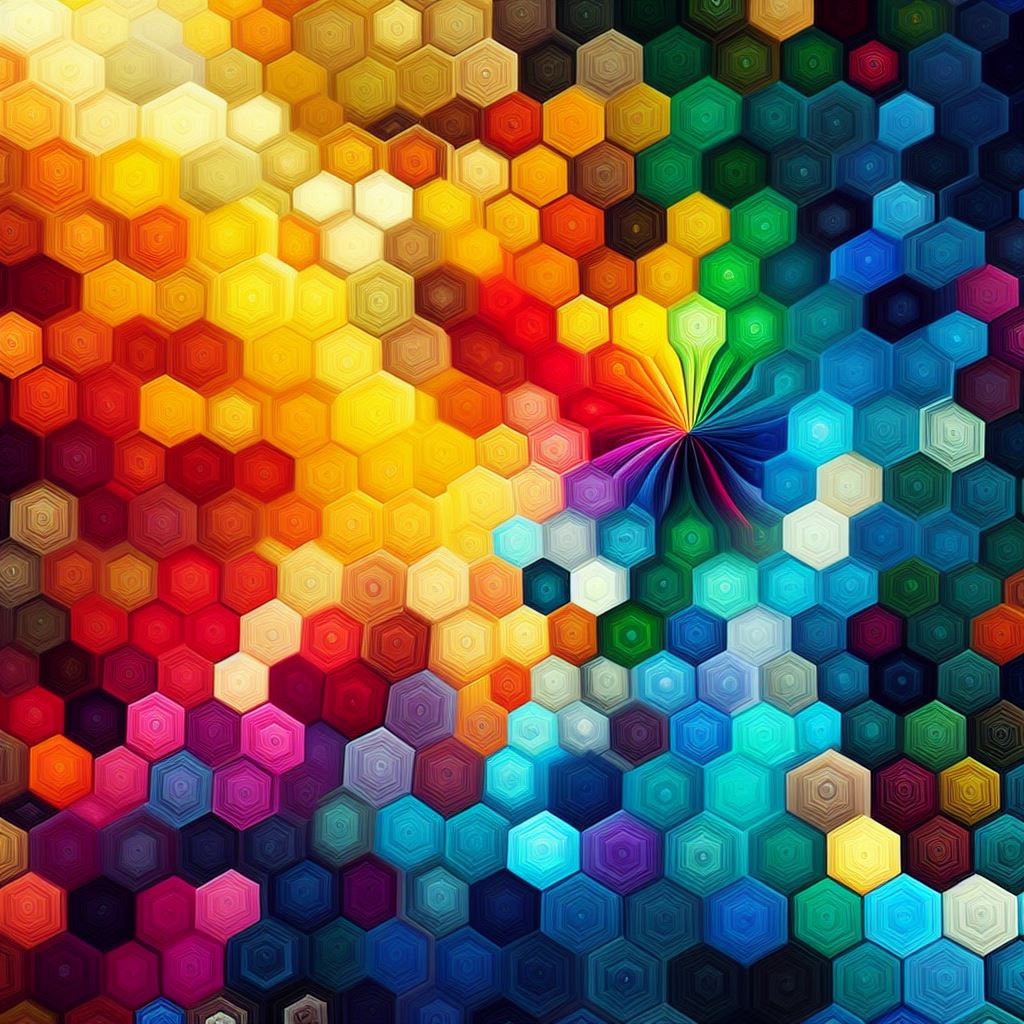
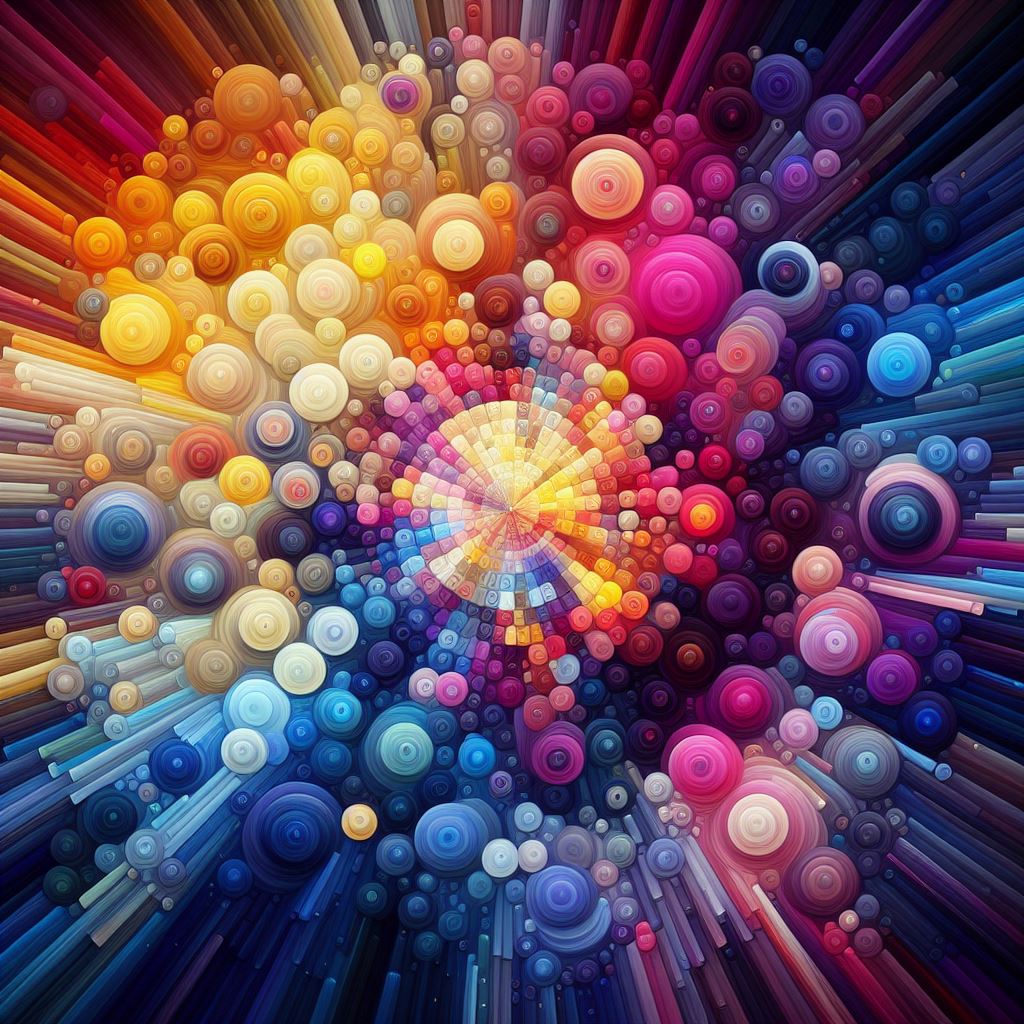
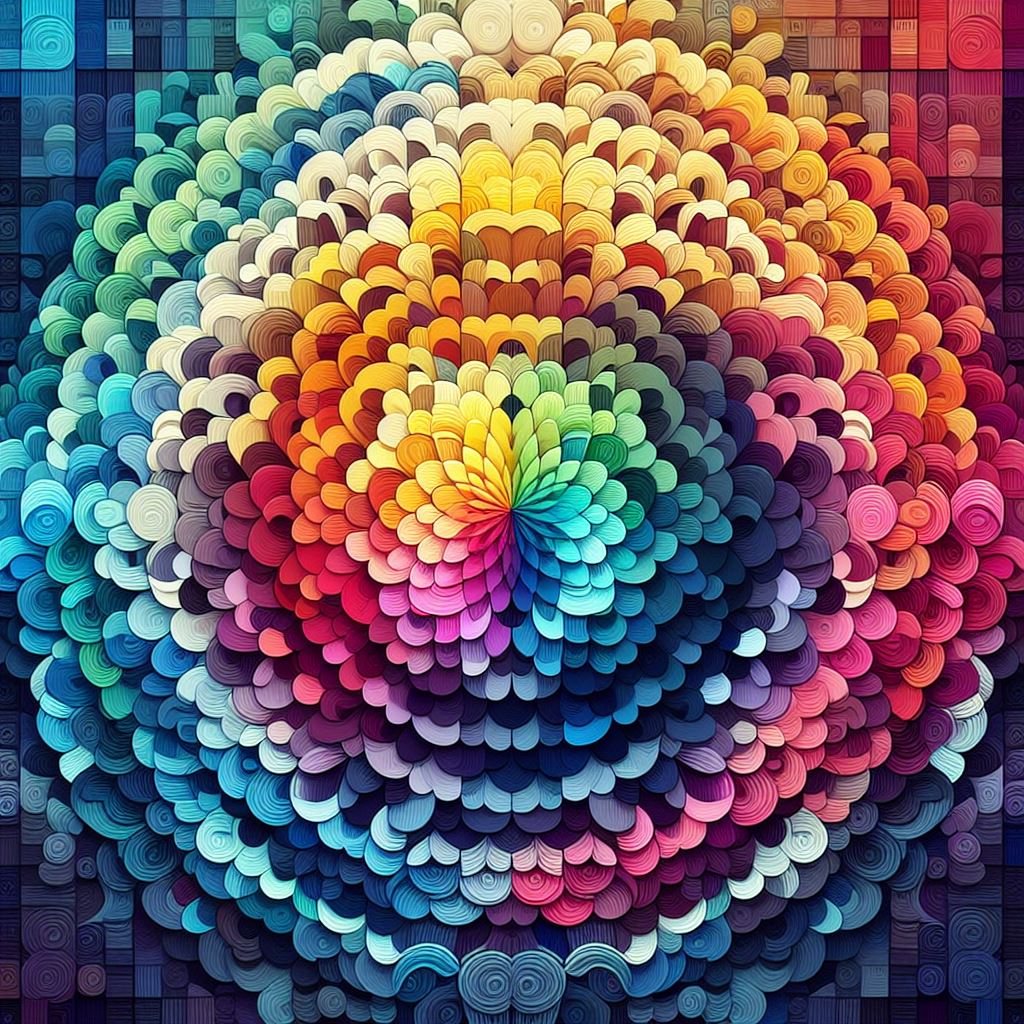
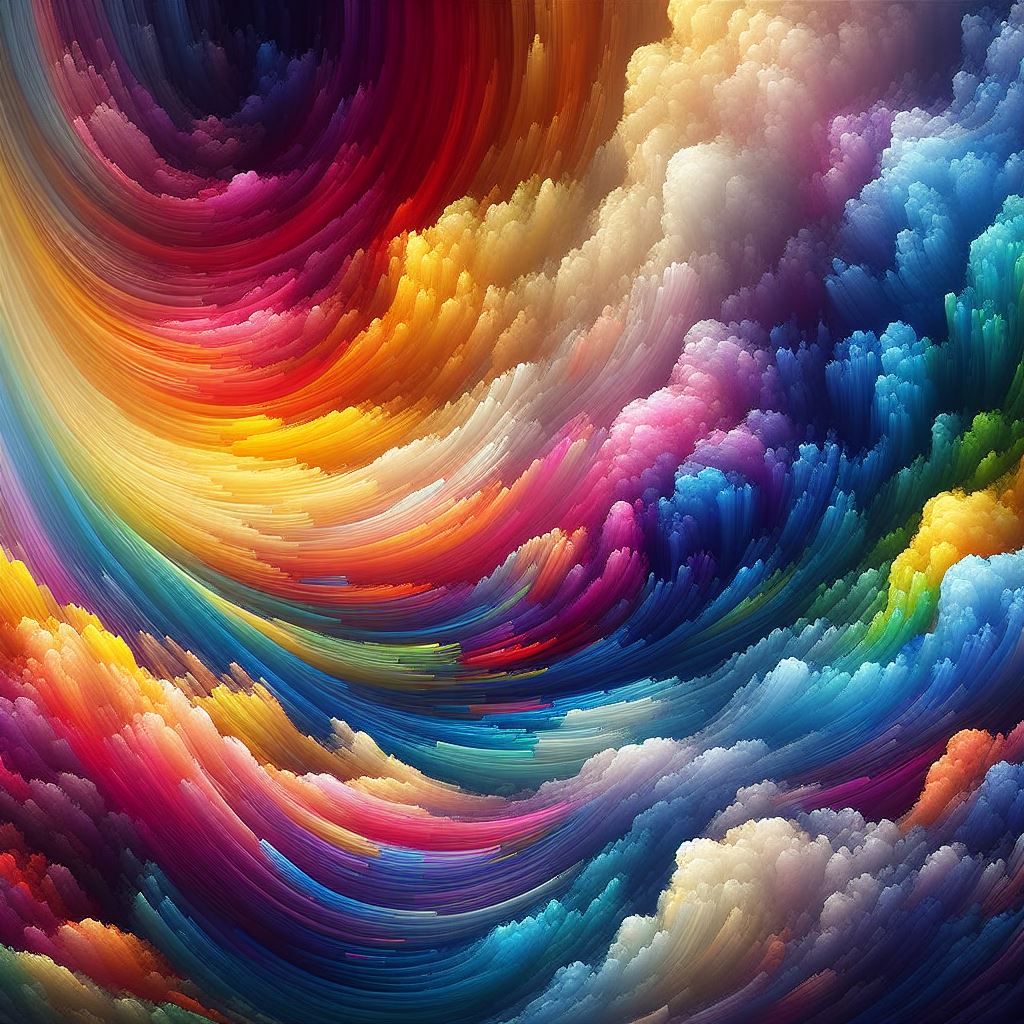
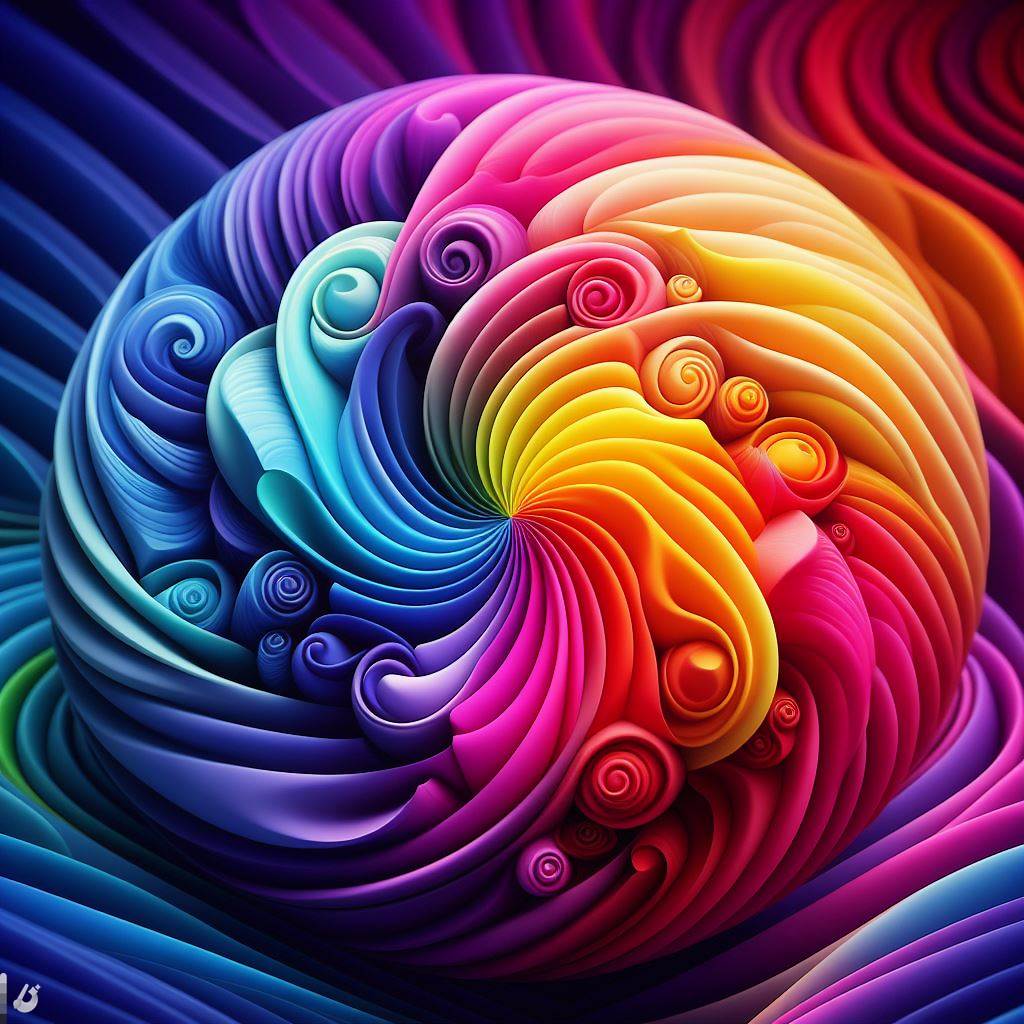
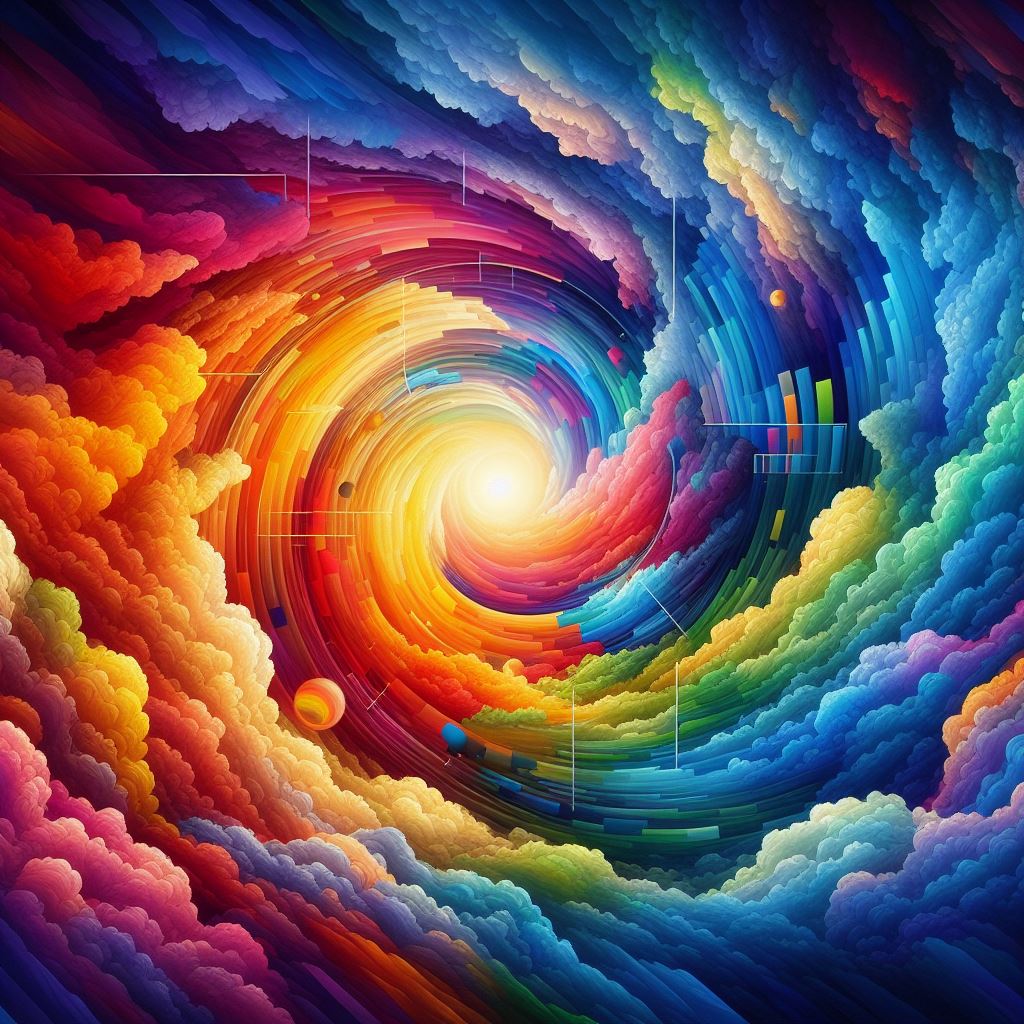
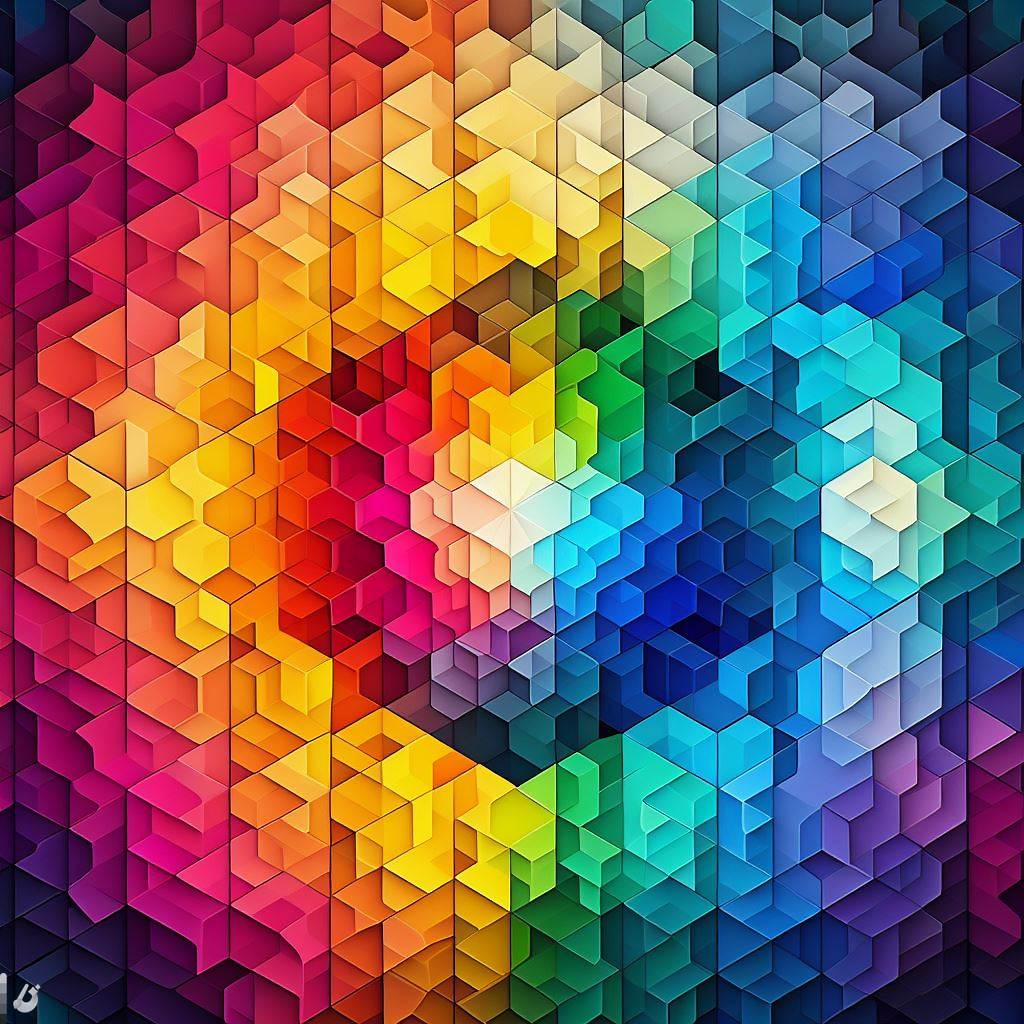
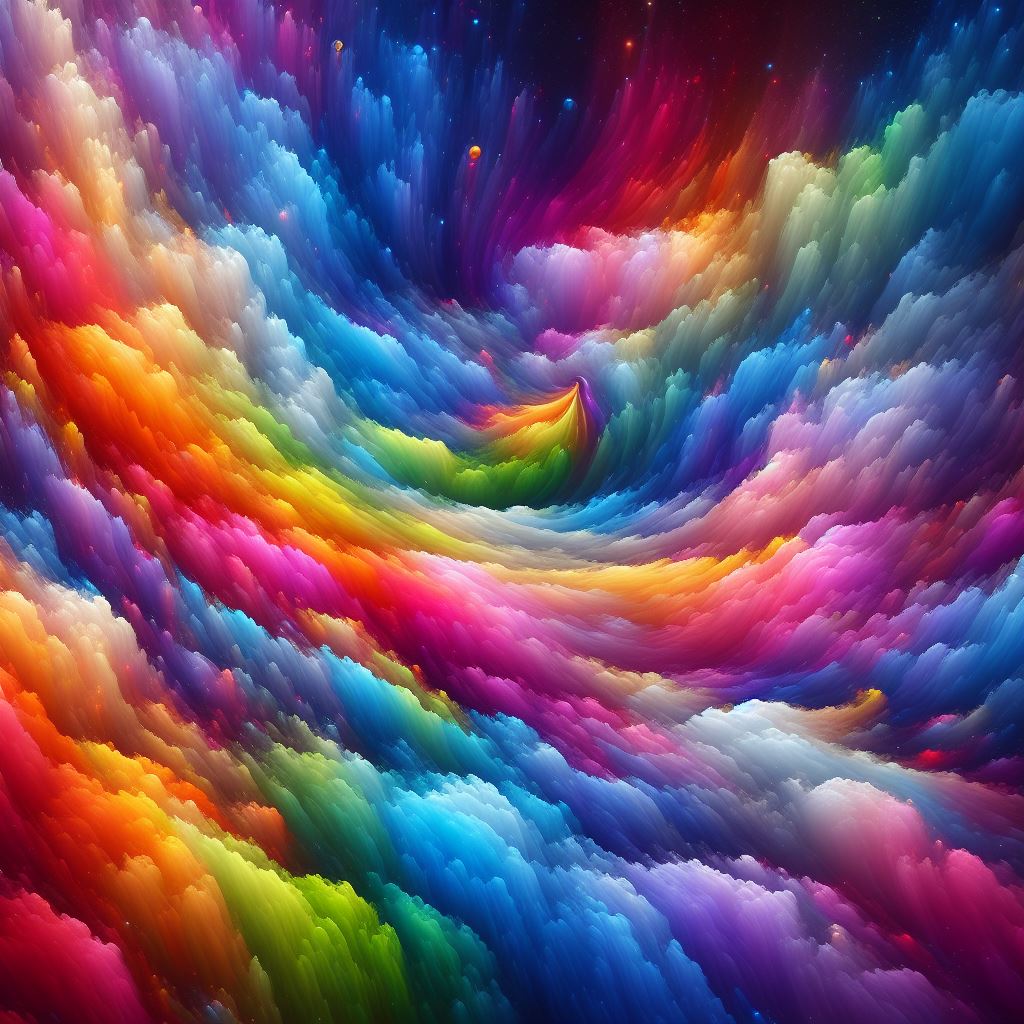
Whether you’re a web developer crafting a user-friendly interface, a graphic designer exploring color theory, or a digital artist pushing the boundaries of creativity, mastering the details of RGB and Hex colors can unlock a world of possibilities. So, hold the vibrant spectrum, experiment with different color combinations, and let your creativity shine through the power of colors.
Leave a Reply